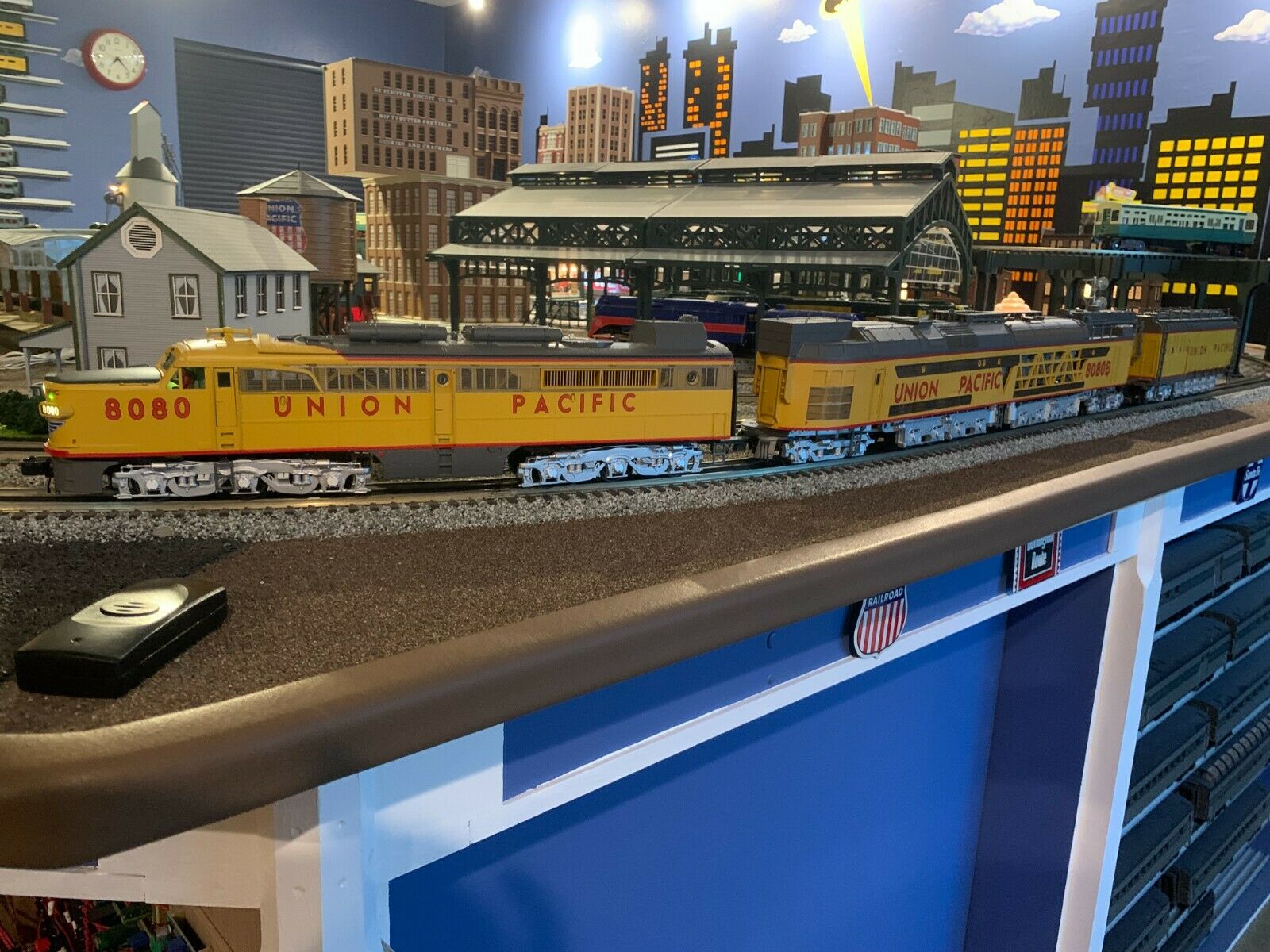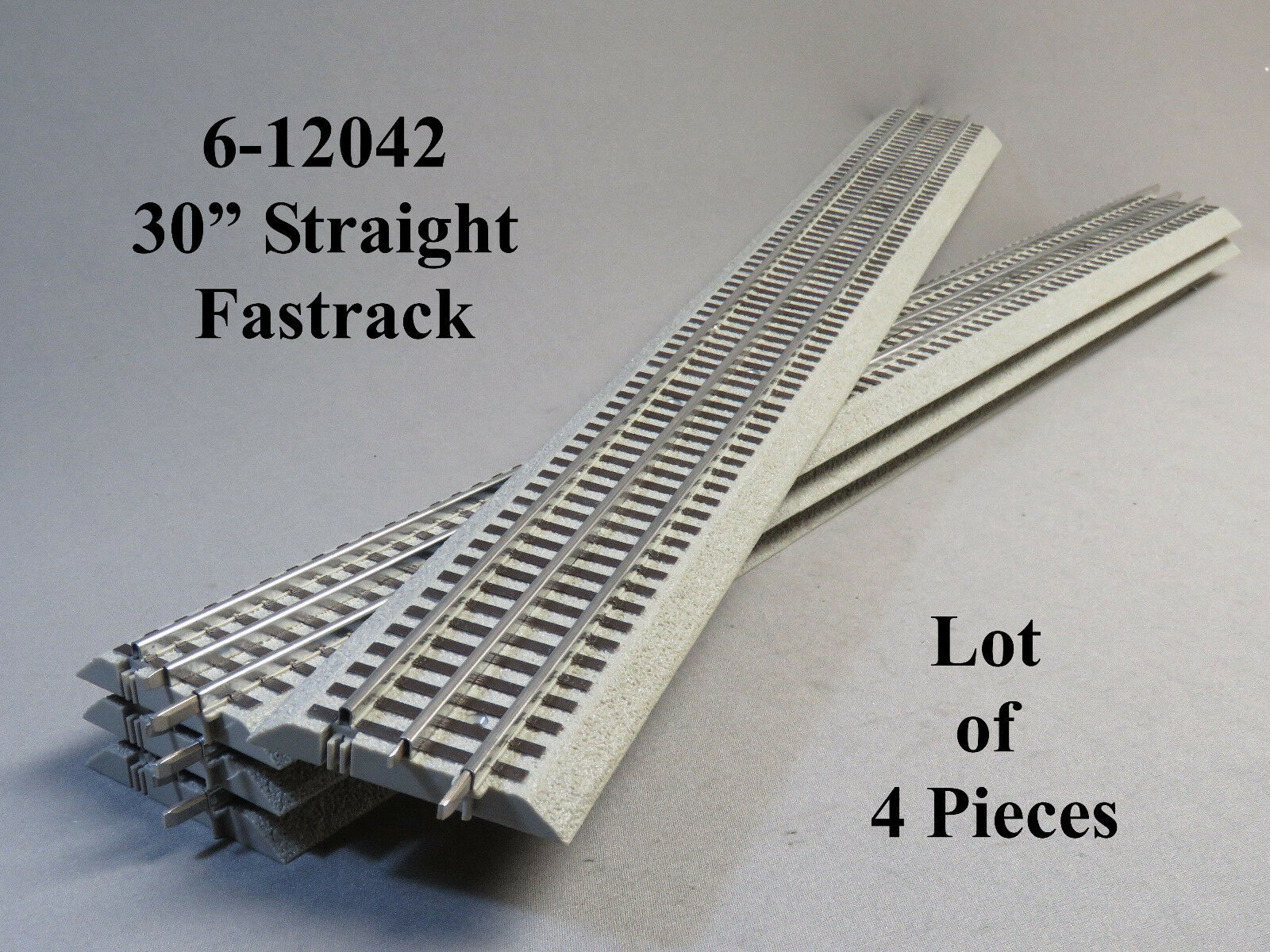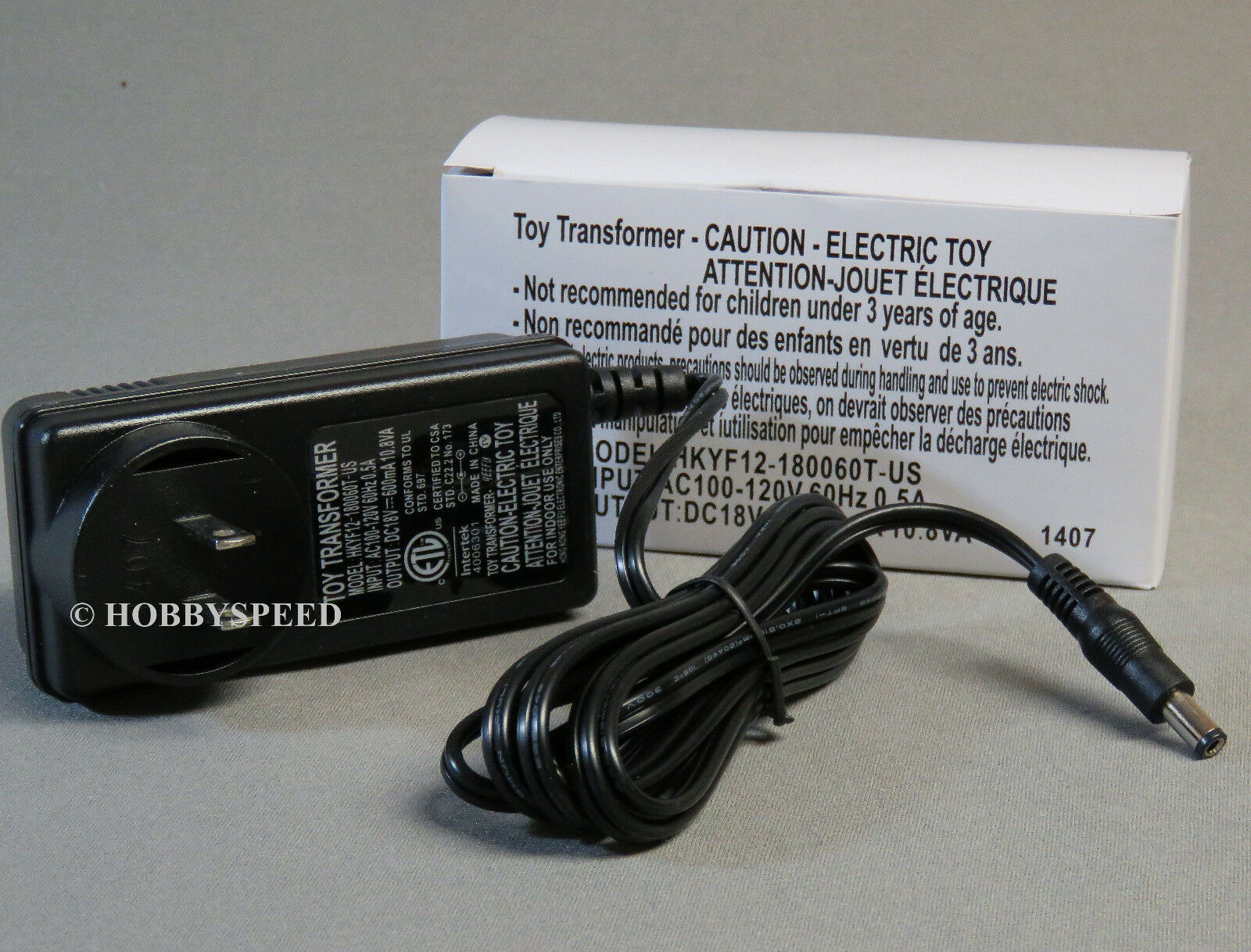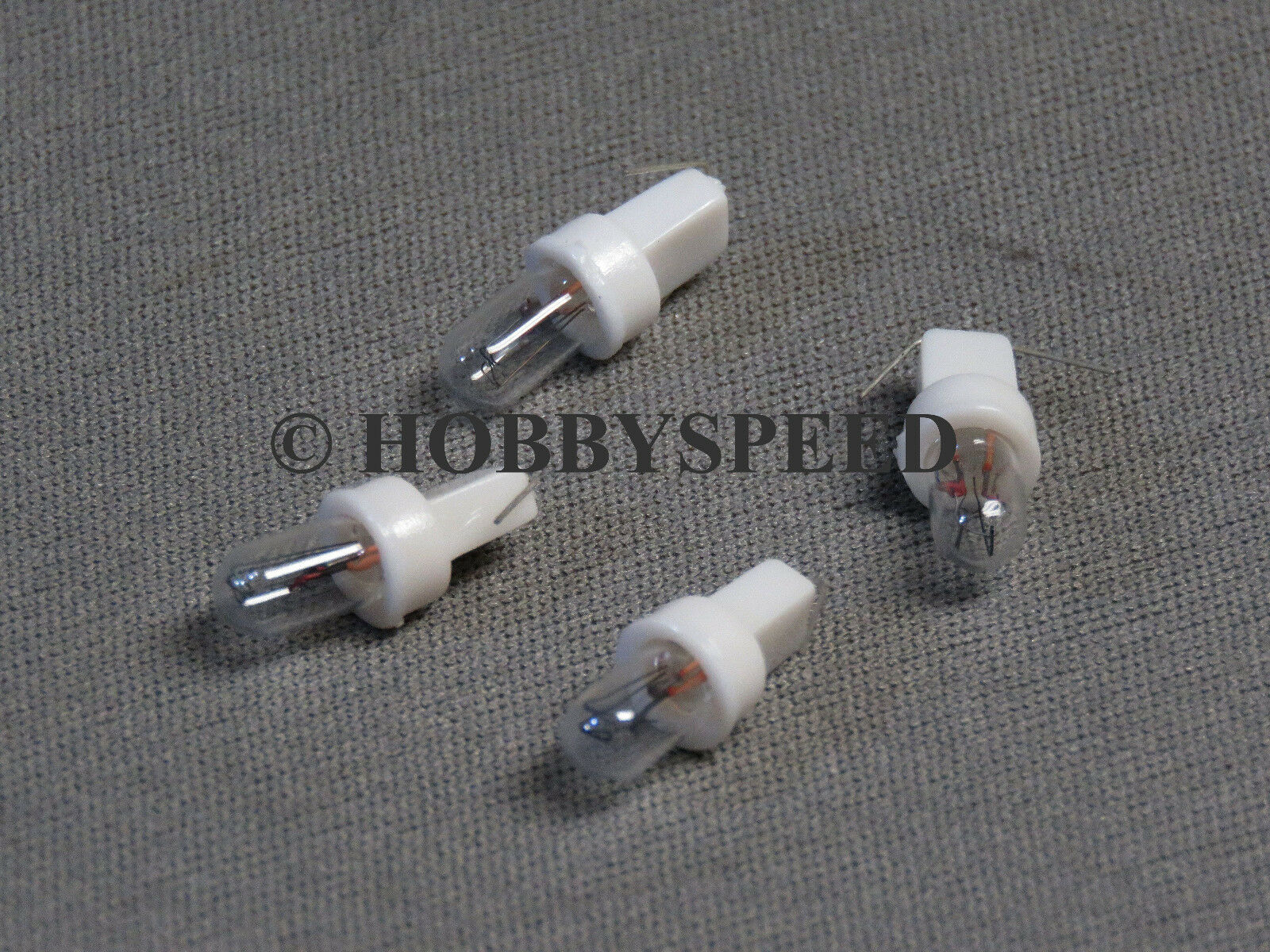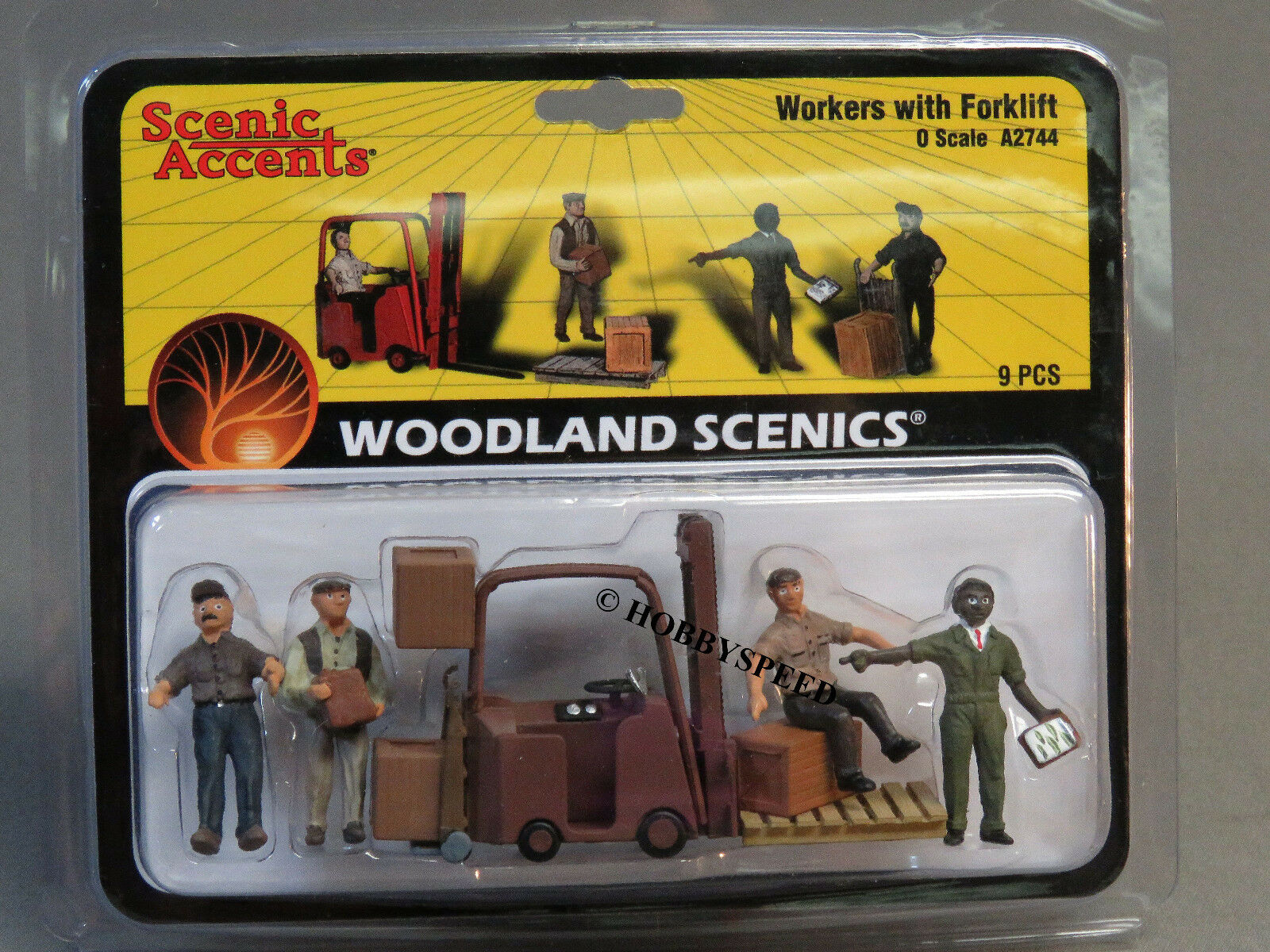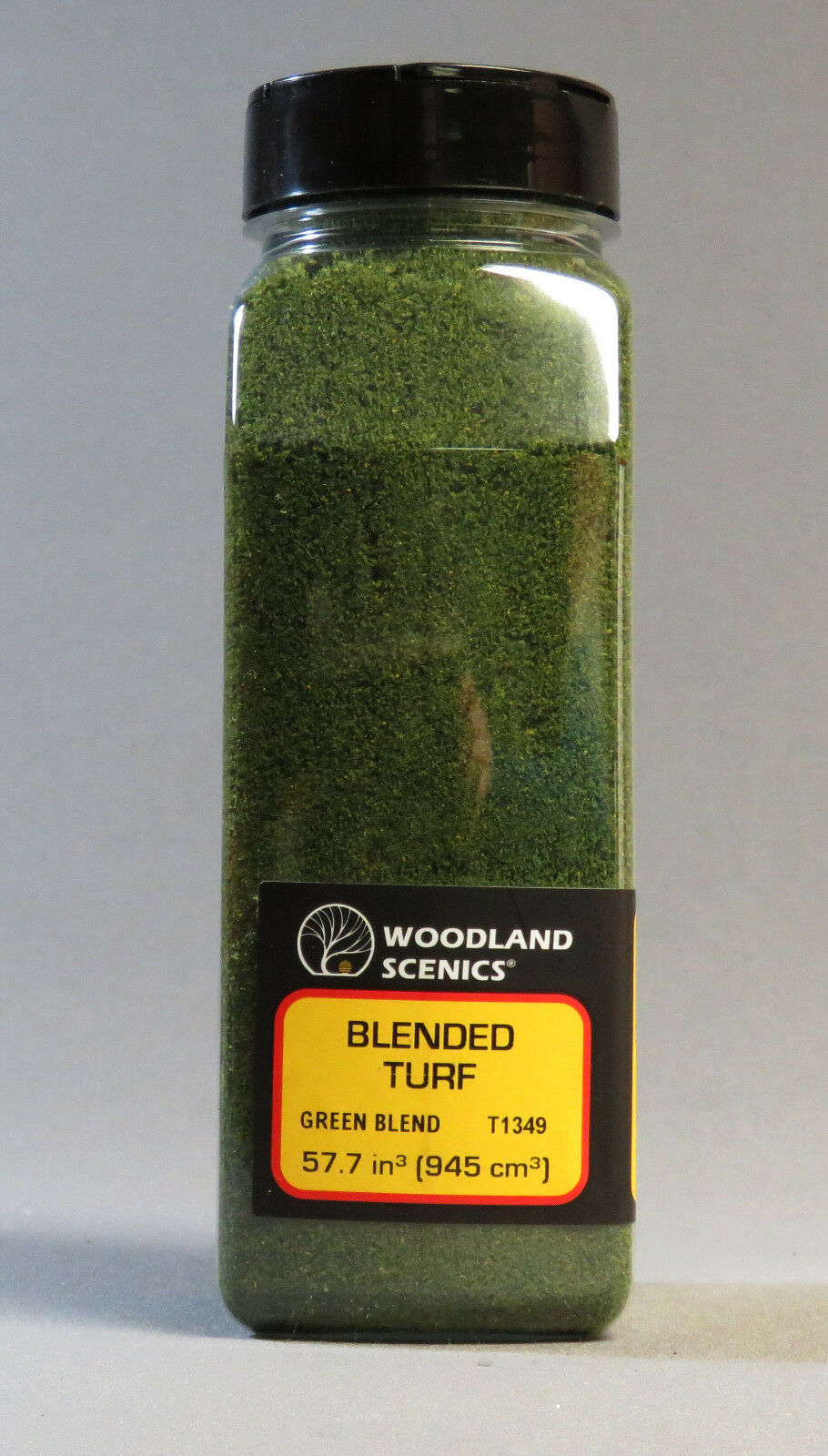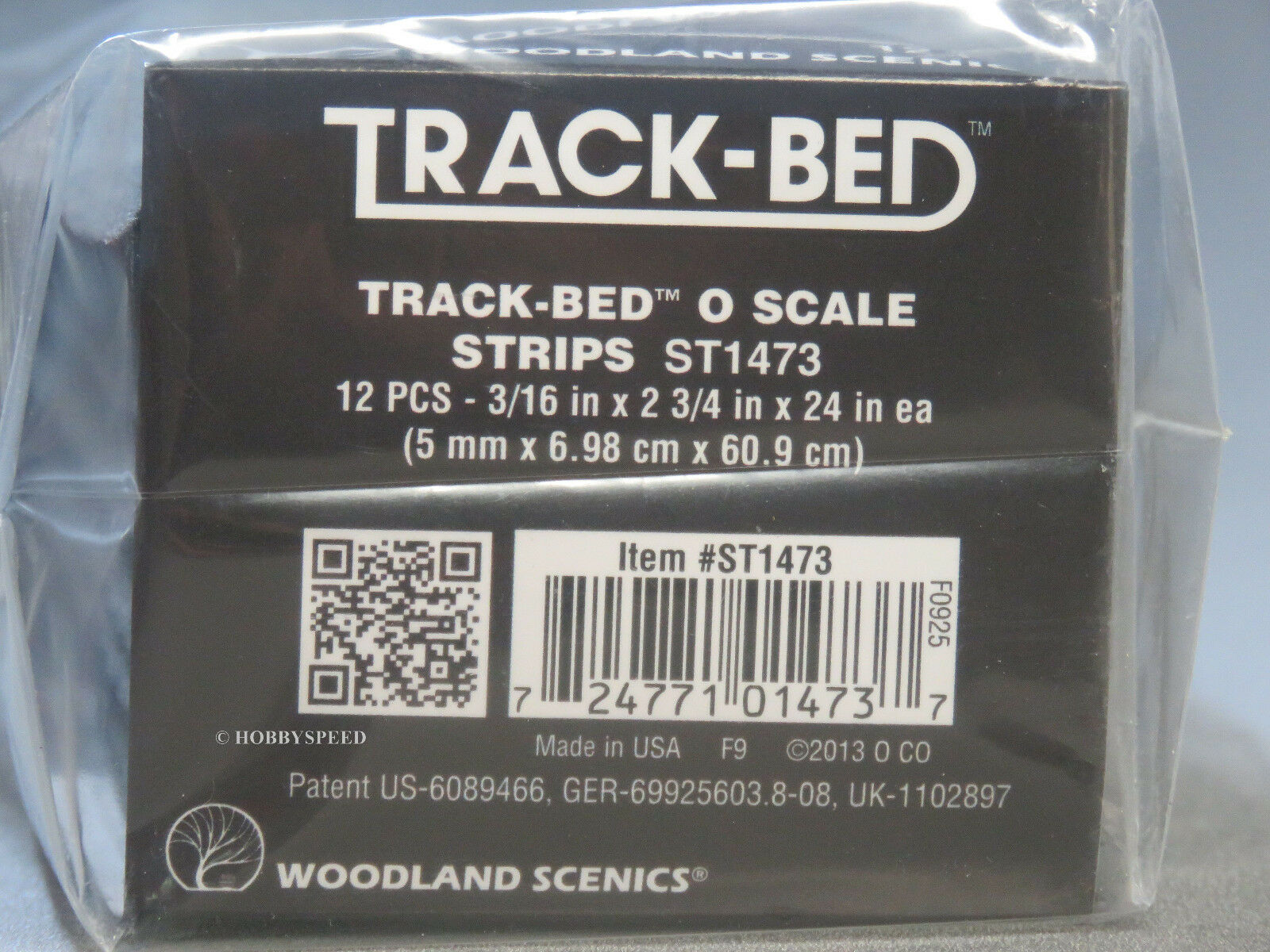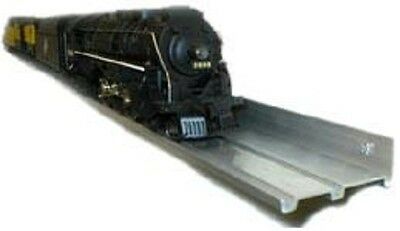-40%
MTH PREMIER 20-21055-1 PS-3 Premier #80 (CAB#8080) Coal Turbine Locomotive
$ 660
- Description
- Size Guide
Description
Will ship UPS only to street address. PayPal only.#80 Coal Turbine Locomotive w/Proto-Sound 3.0 - Union Pacific
Diesel Cab No. 8080
Turbine Unit No. 80B
Tender for coal turbine - no number
Roadname:
Union Pacific
Product Item Number:
20-21055-1
Catalog:
EX 2018 Volume 2
Product Line:
Premier
Scale:
O Scale
Delivery Status:
Delivered: AUG 2019
This product is compatible with all O Gauge 3-Rail track systems including those systems offered by Atlas and Gargraves and Lionel and Ross Custom Switches.
The Union Pacific's gas-turbine-electric (GTEL) fleet was the 1950s and '60s manifestation of its ongoing love affair with massive, larger-than-life locomotives - a family line of giant power that began with the 9000-class 4-12-2 steamers, continued with the Challengers, Big Boys, and GTELs, and ended with the DDA40X Centennial diesels. In the postwar era, this stemmed from a belief that maintenance costs were more related to the number of engines on the roster than their size. By that logic, a smaller number of large locomotives would be cheaper to maintain than the fleets of multiple-unit diesels employed by every other Class 1 railroad. In addition, the UP loved to experiment - witness its early-1900s sponsorship of the McKeen car, a cross between a torpedo boat and a passenger car. In that context, the UP's ownership of the world's only significant fleet of gas turbines, essentially turbojet engines on wheels, seems only natural.
A gas-turbine-electric is basically a diesel engine with a large turbine replacing the diesel as the prime mover. In a turbine, intake air is compressed by spinning turbine blades and fed into combustion chambers, where fuel is added and ignited, as in a jet engine. The hot exhaust gases spin the blades of another turbine that powers one or more generators, which produce electricity to power diesel-type traction motors.
By the early 1960s, UP's GTEL fleet was having some success, with 4500 hp and 8500 hp units employed in fast freight service. Alco-GE, and later General Electric alone, had built all of them, combining expertise in locomotives and aircraft engines. Their turbine fuel was Bunker C oil, a cheap byproduct of petroleum distillation that was considered almost waste material at the time. But in 1962, a year after GE delivered the last 8500 hp engine, UP tried an experiment on its own, using pulverized coal as fuel.
Compared with the factory-new GE engines, coal turbine No. 80 was a Frankenstein creation, stitched together from the bodies of four locomotives. Up front and housing the control cab was a recycled Alco PA, arguably the most beautiful of first-generation diesels. In contrast with the oil-fueled GTELs, which had small diesel motors just for starting the turbine and moving it around an engine yard, the PA's 2000 hp prime mover contributed to No. 80's road power. Behind the PA was the turbine unit, built on the chassis of a Great Northern W-1 electric engine sold to the UP as scrap. The turbine itself, rated at 5000 hp, came from an older UP GTEL built in the early 1950s. Bringing up the rear was a centipede coal tender from a retired UP Challenger 4-6-6-4. Where the water tank had once resided, UP's shop crews installed a crusher to pulverize the coal and feed it to the turbine. The entire locomotive measured over 200' long, significantly more than anything else on the UP roster.
Unfortunately, the use of coal dust as a fuel magnified a problem that already haunted the GTEL fleet: metal erosion and soot on the turbine blades. After less than six years on the road, No. 80 was retired in 1968, having racked up less than 10,000 miles in service, compared with a million miles on average for the oil-fueled turbines. But while the prototype No. 80 was a failed experiment, our dependable Premier model - with four motors and three smoke units - lets you replicate the drama and majesty of what 200 feet of locomotive and 7000 horsepower could do.
Intricately Detailed, Durable ABS Bodies
Intricately Detailed, Die-Cast Metal Fuel Tender
Die-Cast Truck Sides, Pilots and Fuel Tank
Metal Handrails and Horn
Moveable Roof Fans
Metal Body Side Grilles
(2) Handpainted Engineer Cab Figures
Authentic Paint Scheme
Metal Wheels, Axles and Gears
(2) Remote-Controlled Proto-Couplers
O Scale Kadee-Compatible Coupler Mounting Pads
Prototypical Rule 17 Lighting
Directionally Controlled Constant Voltage LED Headlights
Lighted LED Cab Interior Light
Illuminated LED Number Boards
Lighted LED Marker Lights
Operating LED MARS Light
(2) Precision Flywheel-Equipped Motors
(2) Operating ProtoSmoke Diesel Exhaust Units
Onboard DCC/DCS Decoder
Locomotive Speed Control In Scale MPH Increments
1:48 Scale Proportions
Proto-Sound 3.0 With The Digital Command System Featuring Freight Yard Proto-Effects
Unit Measures: 54 1/2" x 2 5/8" x 4 1/2"
Operates On O-72 Curves
Diesel DCC Features
F0 Head/Tail light
F1 Bell
F2 Horn
F3 Start-up/Shut-down
F4 PFA
F5 Lights (except head/tail)
F6 Master Volume
F7 Front Coupler
F8 Rear Coupler
F9 Forward Signal
F10 Reverse Signal
F11 Grade Crossing
F12 Smoke On/Off
F13 Smoke Volume
F14 Idle Sequence 3
F15 Idle Sequence 2
F16 Idle Sequence 1
F17 Extended Start-up
F18 Extended Shut-down
F19 Rev Up
F20 Rev Down
F21 One Shot Doppler
F22 Coupler Slack
F23 Coupler Close
F24 Single Horn Blast
F25 Engine Sounds
F26 Brake Sounds
F27 Cab Chatter
F28 Feature Reset
